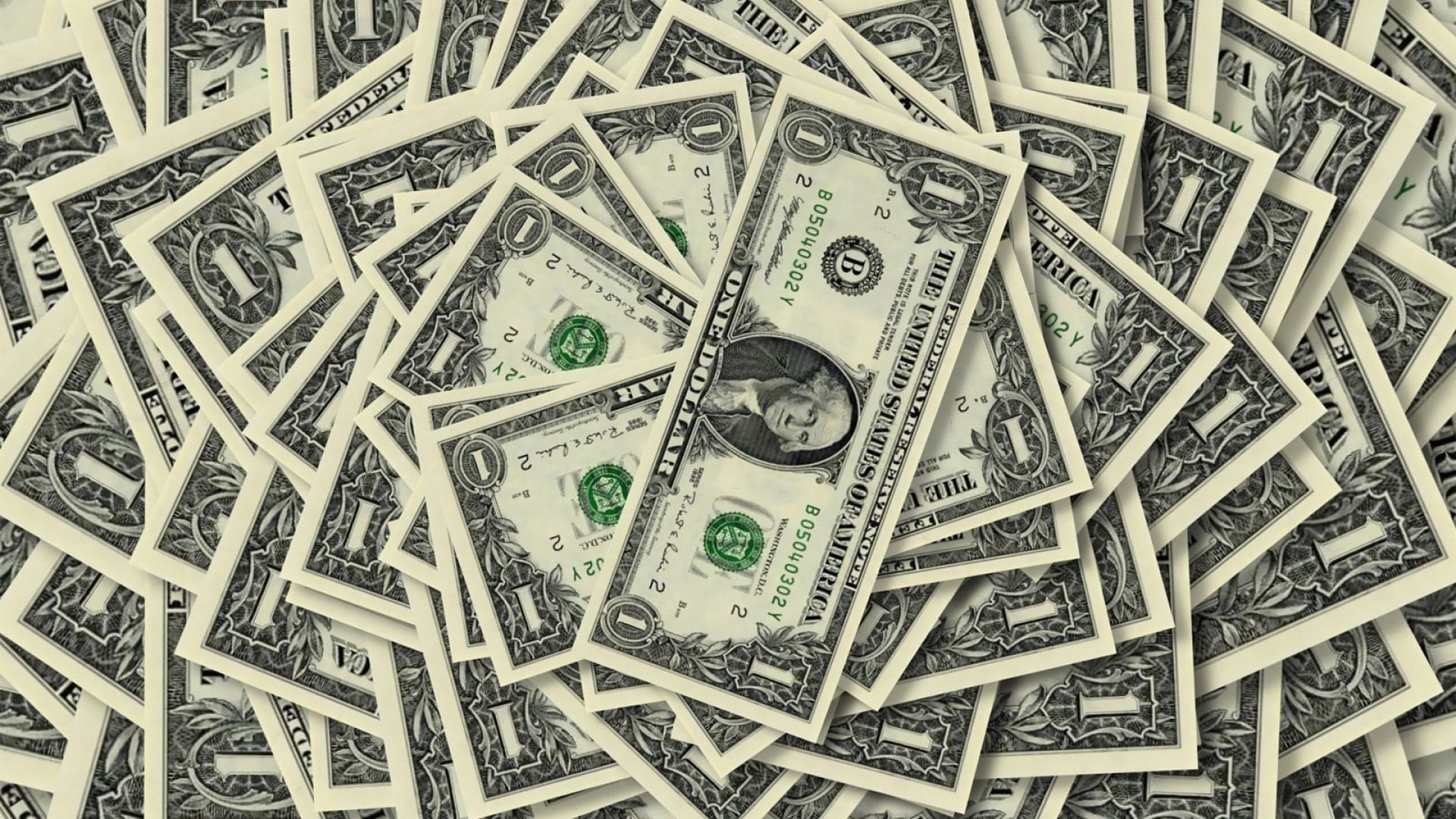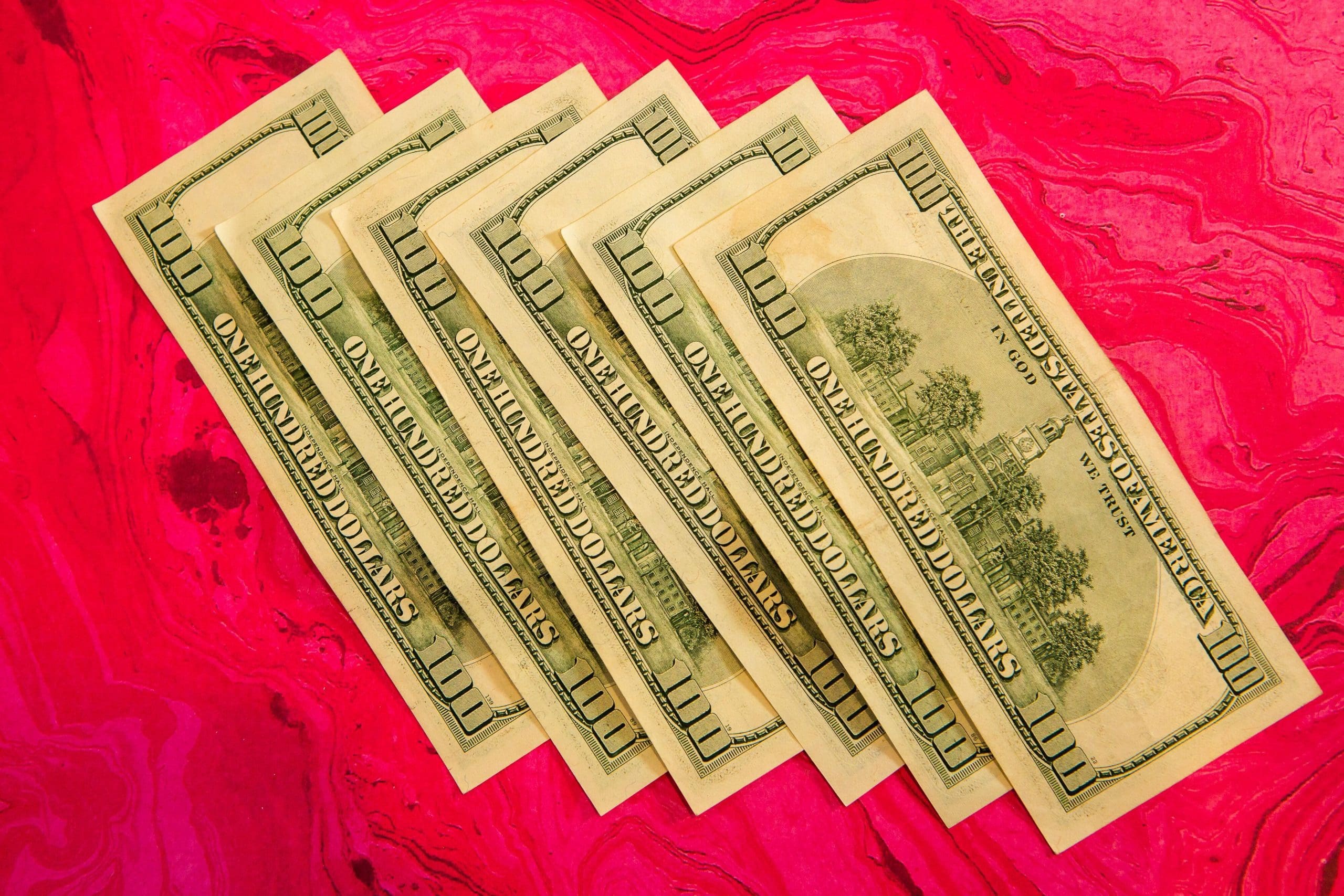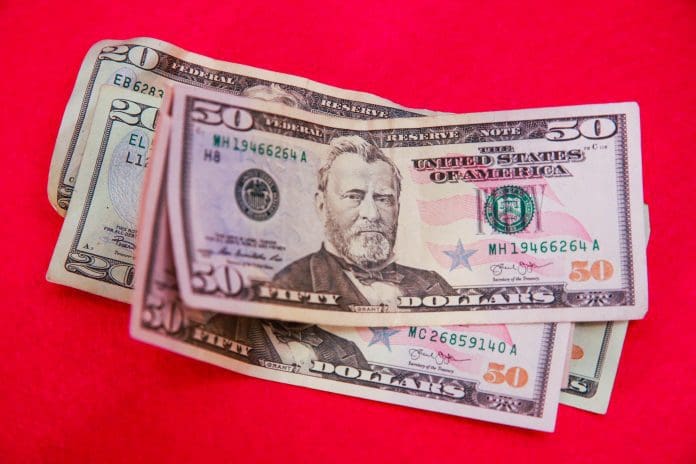It could turn out to be the final round of state-issued stimulus checks for some time as New Jersey, New Mexico, South Carolina, Virginia, and Pennsylvania send out payments to residents. At this juncture, the few states that are still supporting residents are doing so in a more focused way.
It is vital to remember the chief reasons the federal and local governments sent out stimulus checks in the first place. It was to help Americans and on a larger scale, the economy, stay afloat. The unprecedented total shutdown of the economy hurt low and moderate-income Americans living paycheck-to-paycheck.
It placed them immediately on the verge of starvation as they did not have any alternate means of income to sustain themselves. Even basic tasks such as putting food on the table, servicing their debts, and paying rent became impossible at that stage.
The multiple stages of the stimulus checks and other supplementary support measures helped Americans navigate the economic downturn forced upon the nation by the pandemic. The stimulus checks helped avoid a momentous downturn in the economy as there was a 29.9% annualized GDP in the second quarter of 2020, the period immediately after the pandemic struck the US.

The stimulus checks helped, and the results were immediate as quarter three GDP showed an annualized growth of 35%. While over twenty states sent out stimulus checks in 2022, even as federal payments came to a halt, the situation has been different in 2023. The payments have shrunk in 2023 in the second quarter. The first quarter was marked by payments from the spillover effect of the 2022 stimulus checks with states like California deferring their payments to the last quarter of 2022. Such payments were completed only in the first quarter of 2023.
Focus Shifts To targeted Tax Credits And Stimulus Checks
The figures have dropped in the second quarter and the payments are limited to a handful of states and local governments. While some states are experimenting with stimulus checks and something similar to universal basic income, it is unlikely that a federal or state stimulus check could be out anytime soon. And that is especially true for the universal stimulus checks that were the hallmark of the three economic impact payments.
The focus has shifted at the federal level to issues such as ringing in the child tax credit stimulus checks or student loan waivers. The administration under President Biden recently had to backtrack on the student loan waiver after sustained pressures on the debt ceiling by the Republicans.
But the Biden administration recently let on that they are looking into ways to help with caregiving of children elderly and others. They said that their intent is not a widespread stimulus check but targeted support to the people who really are in need of support. And identifying such people is the toughest task.
With a growing national debt, tax rebates, stimulus checks, and other programs are only likely in the case of national emergencies such as Covid. And despite a slew of talk among doomsday economists about a looking recession, the US economy is in fact in a pretty decent shape. And it is for this reason that further stimulus checks are unlikely.
Experts say that except for the housing sector, the manufacturing sector, and the tech sector, the US economy continues to do pretty well. And add to this is the fact that unemployment remains low at 3.5%.
The Budget Deficit Remains Enormous Though
Another valid reason that Americans will not see any more stimulus checks in at least 2023 is the US budget deficit. The budget deficit for America was tremendous at $1.38 trillion in 20022. This led Conservatives to strongly oppose further stimulus checks despite being in control of both the House and the Senate.
Now with the Democrats losing control over the House after the midterms, it will become doubly difficult for Biden to push through any further stimulus checks at the federal level.
President Biden had to backtrack even the Child Tax Credit stimulus check despite having an edge in the Senate as Democratic Senator Joe Manchin refused to back the bill to appease his corporate backers.


It would be expensive and difficult for the federal government to pull off another round of stimulus checks. While the Republicans have blamed the stimulus checks, especially the third round for rising prices, they have failed to mention that the first two rounds were given out under Trump and have also discounted external factors responsible for the high prices in 2022. The economy has grown by 25 million jobs since the first wave of the COVID-19 pandemic hit America.
Some States Continue With Payments
New Mexico is among a handful of states that have sent out inflation support tax rebates and stimulus checks twice in 2022 with three payments spread over four months. They are set to repeat with another round of payments that will get bank accounts. Eligible residents should have the payments credited to their banks by as early as mid-June. The state of New Mexico is expected to return over $673 million to taxpaying residents for the oil price surplus in 2022.
New Mexico Governor Michelle L. Grisham said in the statement that the state is on the crest of a financial wave, and it was important that families of the southern state enjoy a part of that success.
New Mexico will begin sending its one-off rebate checks for 2023 to eligible residents in the coming weeks. The amount of the payment will be linked to the filing status of residents for the 2021 tax year. Most residents are exempt from filing specifically for the stimulus checks and the payments are expected to come in automatically.
The payment will go out automatically if your filing status for 2021 was head of household, married and filing jointly, or a qualified widow or widower. In such cases, residents can expect a $1,000 stimulus check. For individual filers and for married couples filing separately, the stimulus check amount comes to $500.






